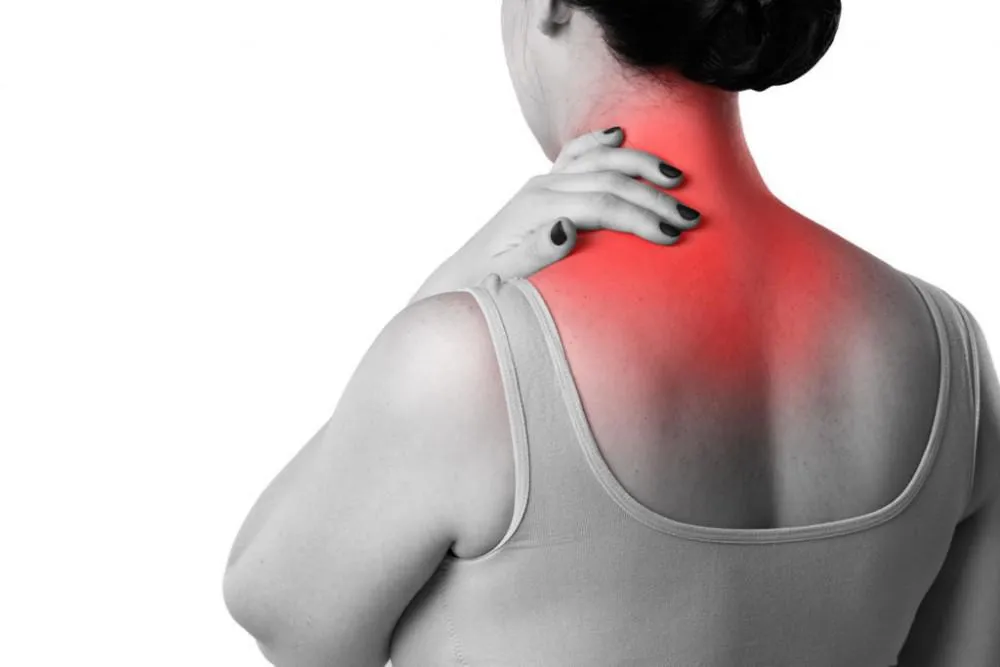Achilles Tendinitis: Symptoms, Causes, Prevention
Achilles tendinitis is a prevalent overuse injury that impacts the Achilles tendon—a critical band of tissue that connects the calf muscles to the heel bone.
Oct. 12, 2023, 7 min read, Articles
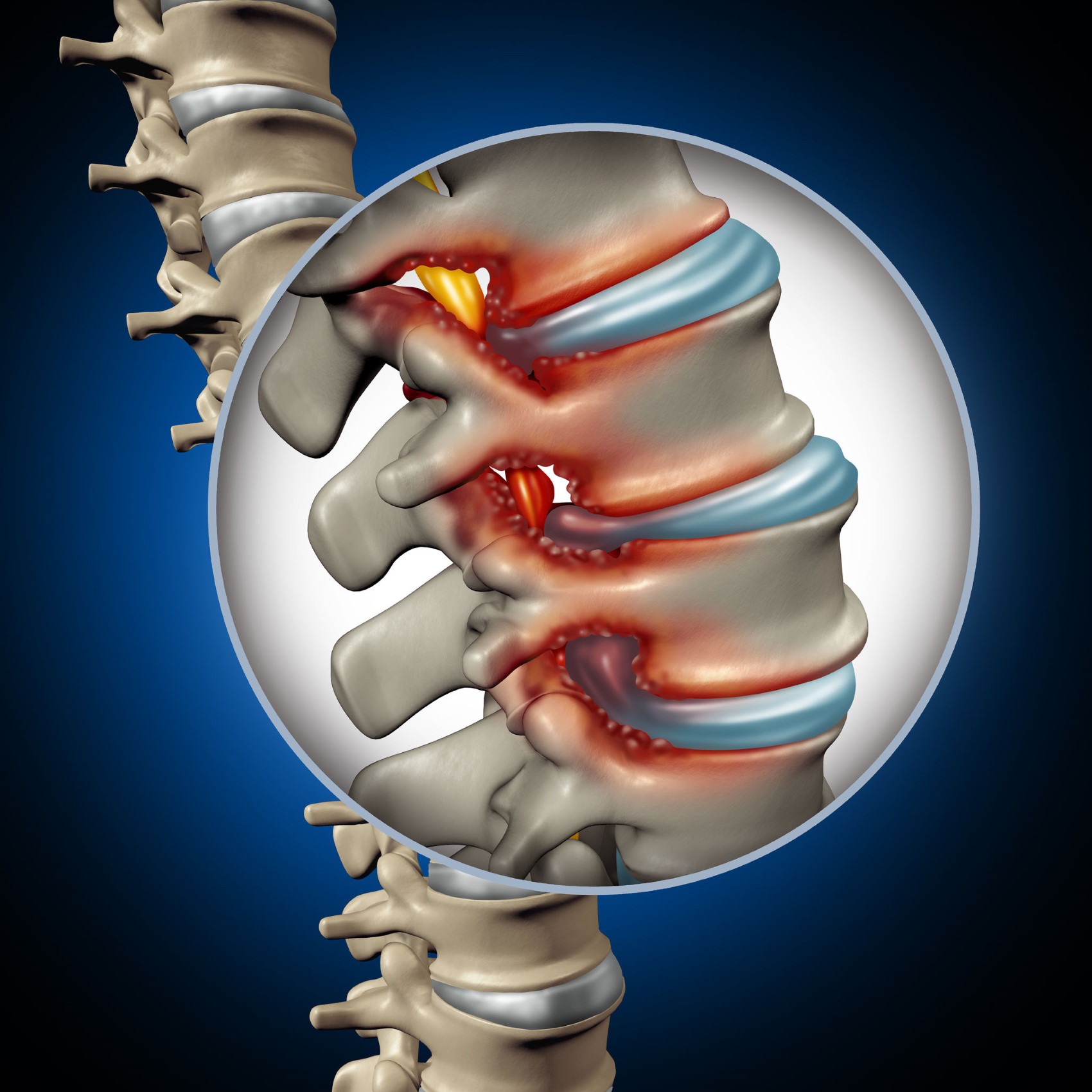
Spinal stenosis, a prevalent spinal condition, is characterized by the narrowing of the spinal canal, leading to discomfort and neurological symptoms. This article explores the root causes of spinal stenosis and its associated symptoms. Understanding the underlying mechanisms and recognizing early signs can help individuals seek timely treatment and relief.
Spinal stenosis refers to the narrowing of the spinal canal, the bony structure that encases the spinal cord. This constriction can exert pressure on the spinal cord and nerves, causing discomfort and potentially affecting an individual's daily life. Spinal stenosis primarily affects individuals aged 50 and above, with the most common areas being the lower back (lumbar spinal stenosis) and the neck (cervical spinal stenosis).
The prevalence of spinal stenosis is noteworthy, with degenerative spinal changes impacting nearly 95% of individuals by the age of 50. Among individuals aged 65 and older who require spine surgery, lumbar spinal stenosis stands as the most frequent diagnosis.
There are two main types of spinal stenosis based on the location of the condition within the spine:
The choice of treatment and management strategies for spinal stenosis can vary depending on the location of the condition within the spine. It's important to accurately diagnose the type of spinal stenosis and tailor the treatment plan to address the specific symptoms and needs of the individual patient.
Understanding the type of spinal stenosis is a critical step in determining the most appropriate course of action to relieve pain and improve the patient's quality of life.
Symptoms of lumbar spinal stenosis typically occur in the lower back and lower extremities. They may include:
Cervical spinal stenosis affects the neck and upper extremities. Common symptoms include:
Understanding the specific symptoms associated with lumbar or cervical spinal stenosis is crucial for an accurate diagnosis and effective treatment. If you experience any of these symptoms, consult a healthcare provider for a comprehensive evaluation and personalized care plan.
In addition to the symptoms mentioned earlier, spinal stenosis can manifest in several other ways, depending on the affected area and the degree of constriction in the spinal canal. These symptoms can include:
Sciatica: When lumbar spinal stenosis compresses the nerves that travel down the legs, it can lead to sciatica. This condition causes sharp pain, tingling, or numbness that radiates from the lower back down the leg.
Difficulty Walking: As spinal stenosis progresses, individuals may find it increasingly challenging to walk long distances or stand for extended periods. They might experience leg weakness and heaviness, leading to a sensation of instability.
Bowel or Bladder Dysfunction: In severe cases, spinal stenosis can affect the nerves controlling the bowels and bladder, leading to incontinence or difficulty with urination and bowel movements.
Spinal stenosis has a myriad of causes, with acquired (developing after birth) and congenital (present at birth) categories. Acquired spinal stenosis, more common among individuals over the age of 50, primarily stems from degenerative changes in the spine. Causes include:
Congenital spinal stenosis, while rarer, affects infants and children due to developmental issues or genetic conditions.
Understanding the causes and symptoms of spinal stenosis is essential for early detection and effective treatment. If you suspect you or someone you know may have spinal stenosis, consult a healthcare provider for a comprehensive evaluation.
For individuals experiencing the discomfort of spinal stenosis, non-invasive treatment options are often the first line of defense against the condition. These conservative approaches aim to alleviate symptoms, improve functionality, and enhance overall quality of life. Here are some of the non-surgical methods employed in the management of spinal stenosis:
Physical Therapy: Physical therapists play a pivotal role in the non-surgical management of spinal stenosis. They tailor exercise programs to the specific needs of each patient, focusing on strengthening core muscles, improving flexibility, and enhancing spine stability. These exercises are aimed at alleviating pain, improving posture, and promoting long-term spine health. Furthermore, physical therapists may instruct patients on walking techniques that can relieve pressure on the spinal nerves.
Steroid Injections: Epidural steroid injections can provide temporary relief by reducing inflammation in the affected area. These injections are administered directly into the epidural space, targeting the source of pain and discomfort.
Oral Medications: Nonsteroidal anti-inflammatory drugs (NSAIDs), available over-the-counter, can effectively reduce inflammation and provide pain relief associated with spinal stenosis. Additionally, prescription medications such as antiseizure drugs (e.g., gabapentin) and tricyclic antidepressants (e.g., amitriptyline) may be recommended to address nerve-related pain. Muscle relaxants can help relieve muscle cramps or spasms.
York Rehab Clinic offers a range of services, each of which can contribute to the holistic treatment of spinal stenosis. When considering how these services can help manage and alleviate the condition, it's important to prioritize the most relevant and effective approaches.
The following clinic services can play a role in treating spinal stenosis:
Physiotherapy: Physiotherapy is a fundamental component of spinal stenosis treatment. Physiotherapists design customized exercise programs that enhance core muscle strength, flexibility, and spine stability. These exercises help support the spine, improve posture, and reduce discomfort related to spinal stenosis.
Osteopathy: Osteopathic treatment focuses on manual techniques that aim to improve joint mobility, reduce muscle tension, and enhance blood circulation. This can provide relief for some symptoms associated with spinal stenosis. Given its holistic approach, osteopathy is particularly valuable in the management of this condition.
Shockwave Therapy: While primarily known for its benefits in musculoskeletal disorders, shockwave therapy may have a role in pain management for spinal stenosis. This non-invasive treatment can stimulate healing and improve blood flow in affected areas.
Spinal Decompression Therapy: This specialized therapy directly addresses spinal issues. It involves gently stretching the spine to alleviate pressure on the spinal discs, which can be particularly beneficial for spinal stenosis patients.
Acupuncture: Acupuncture, an ancient Chinese practice, involves inserting thin needles into specific points on the body to promote healing and alleviate pain. Some individuals find relief from spinal stenosis symptoms through acupuncture.
Living with spinal stenosis can be challenging, but there are strategies to help individuals manage their symptoms and maintain a good quality of life. Here are some practical tips for dealing with spinal stenosis:
If you suspect you have spinal stenosis or are experiencing symptoms like back pain, numbness, or weakness in your extremities, seek professional medical advice. A healthcare provider can accurately diagnose the condition and recommend the most suitable treatment plan for your specific case.
Remember that while surgery is an option for some, many individuals find relief through nonsurgical treatments like physical therapy, medications, or injections. Additionally, maintaining a healthy lifestyle, including regular exercise and a balanced diet, can help mitigate the risk of developing spinal stenosis and support overall spinal health.
Achilles tendinitis is a prevalent overuse injury that impacts the Achilles tendon—a critical band of tissue that connects the calf muscles to the heel bone.
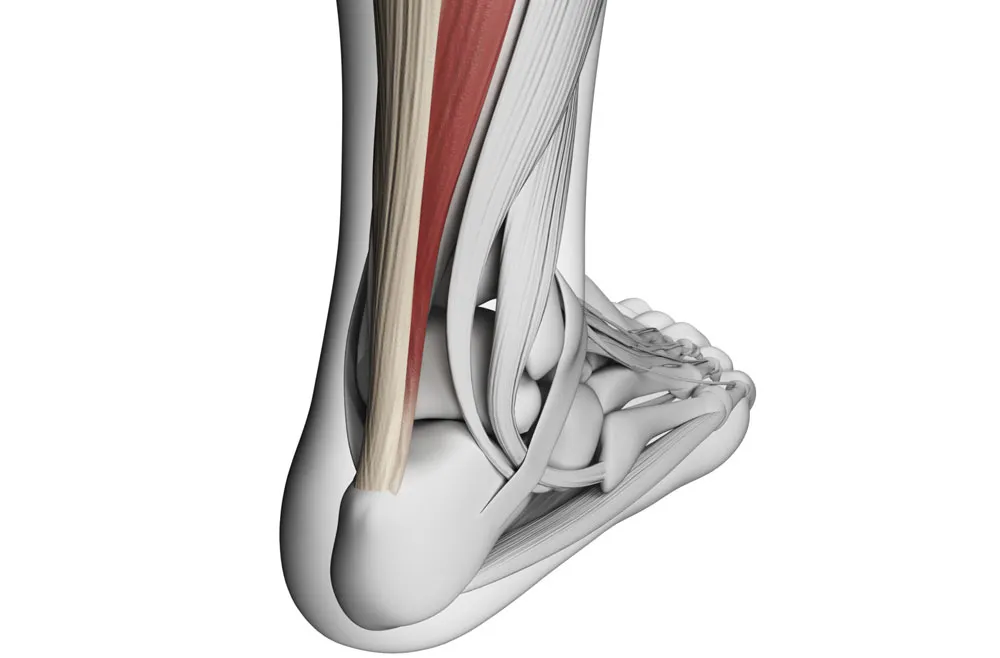
Back pain is a prevalent and often debilitating condition that can affect individuals of all ages and walks of life.
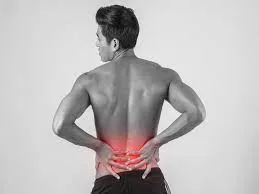
Arthritis is a common and often painful condition that affects millions of individuals worldwide. It's not a single disease but rather a group of more than 100 different types of joint-related conditions.
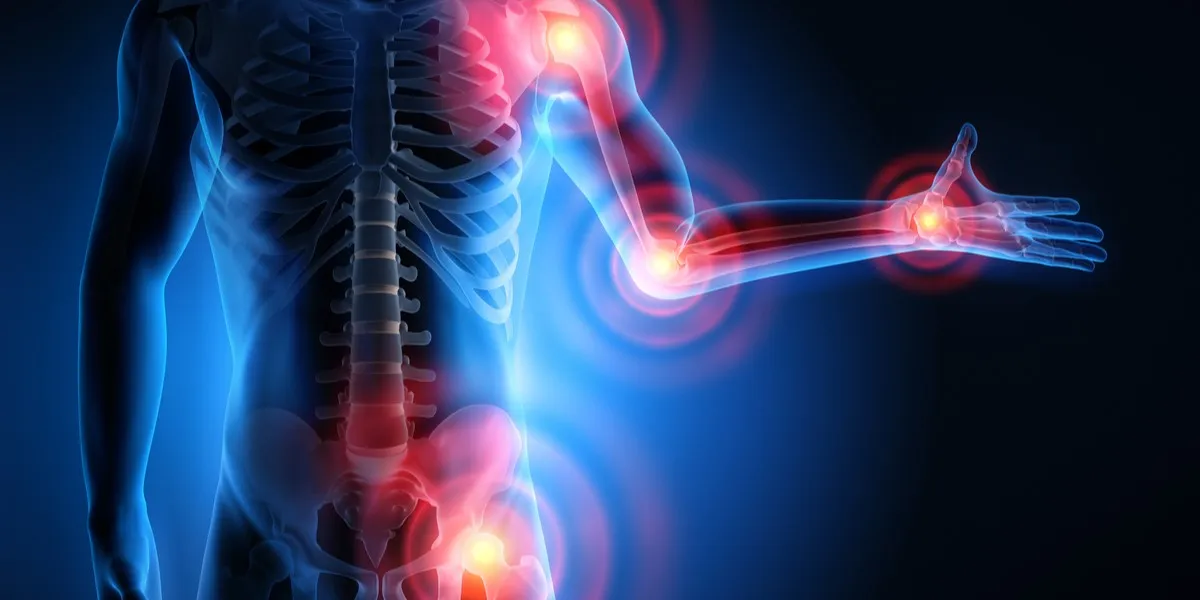
Ankle injuries are prevalent in the world of sports and can be a significant setback for athletes.
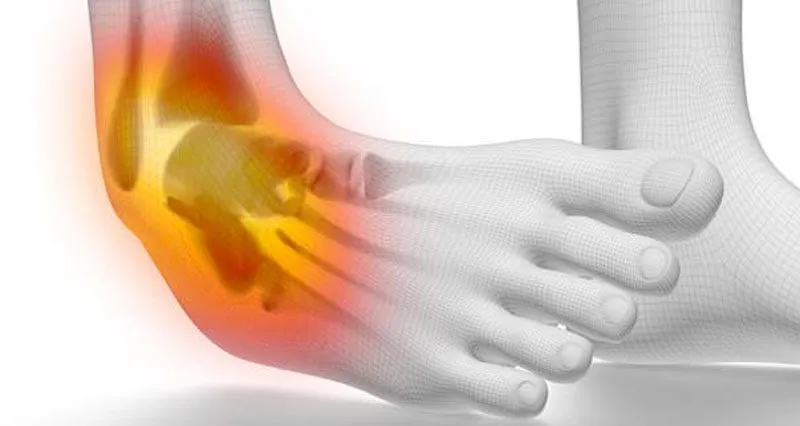
Amyotrophic Lateral Sclerosis (ALS), often referred to as Lou Gehrig's disease, is a progressive neurodegenerative disorder that affects nerve cells in the brain and spinal cord.
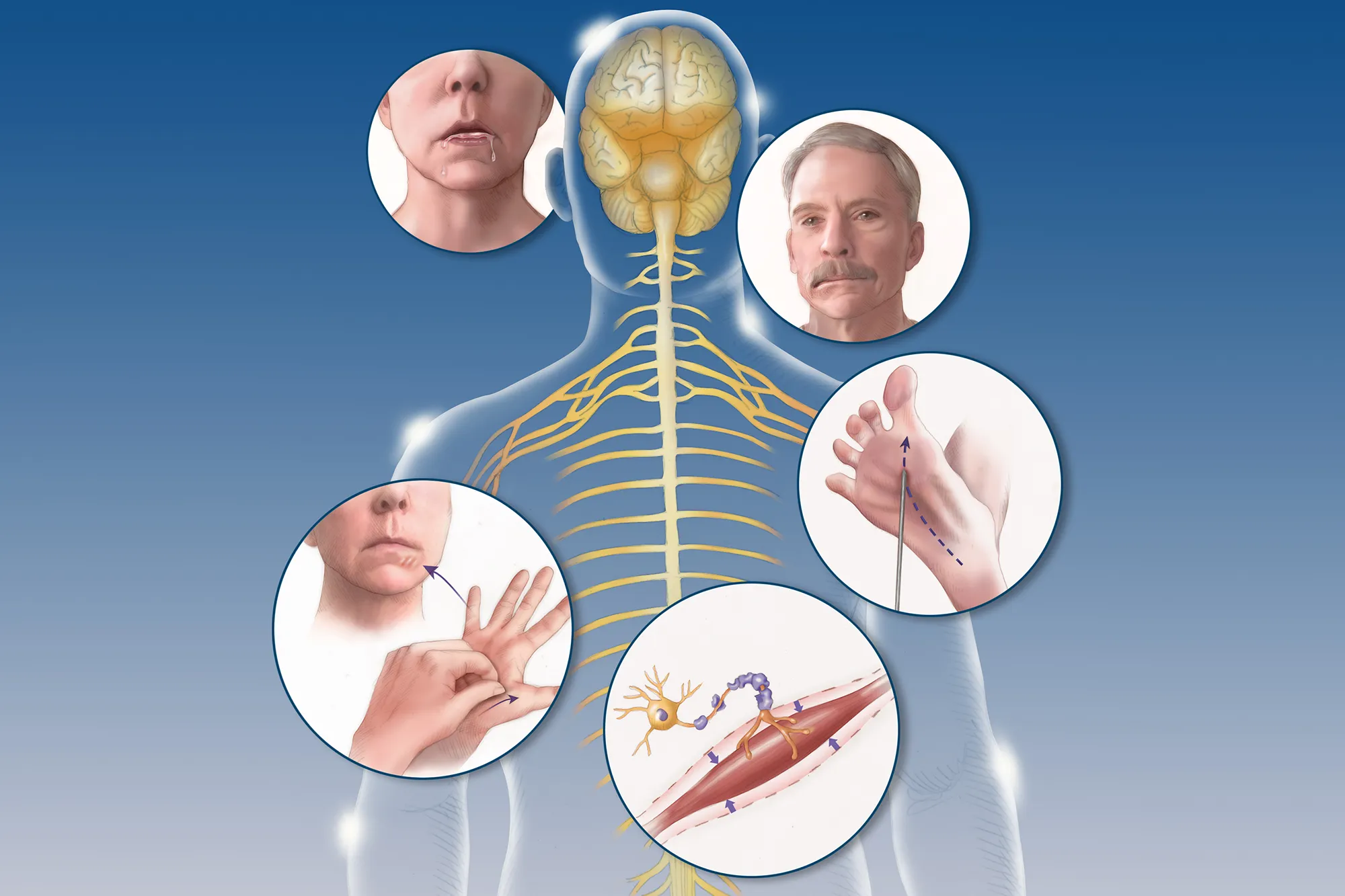
Degenerative Disc Disease (DDD) is a common condition that affects the intervertebral discs in the spine.
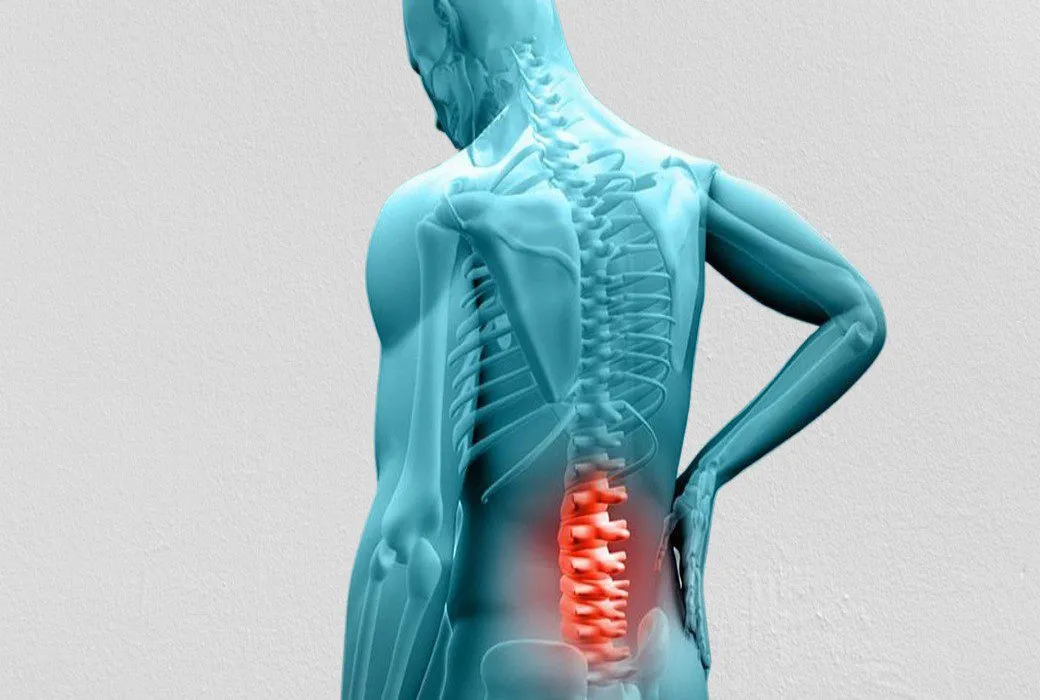
Myalgic Encephalomyelitis/Chronic Fatigue Syndrome (ME/CFS) is a perplexing and debilitating condition that impacts individuals, often altering their daily lives and challenging conventional understanding.
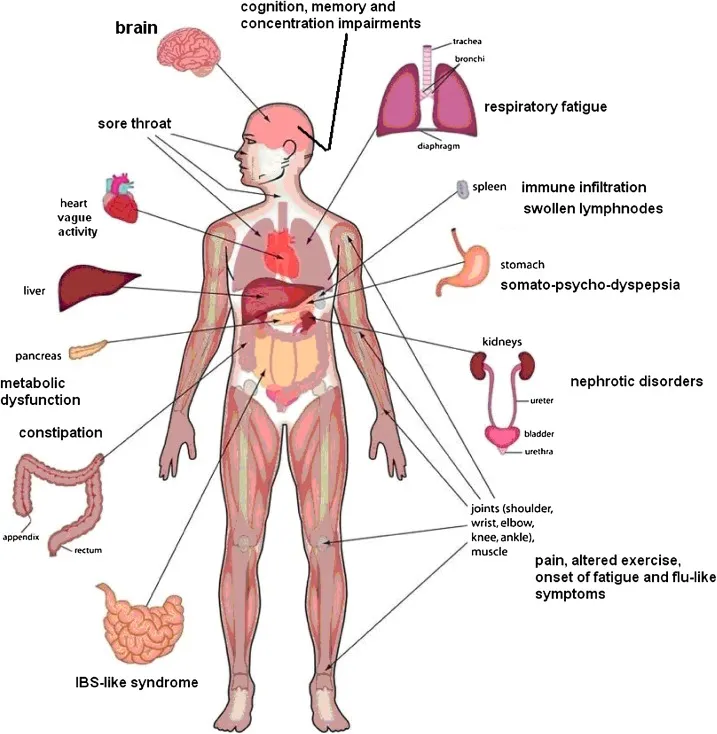
Muscular dystrophy encompasses a group of diseases leading to progressive muscle weakness and loss of muscle mass. The development of abnormal genes disrupts the production of necessary proteins crucial for healthy muscle function.
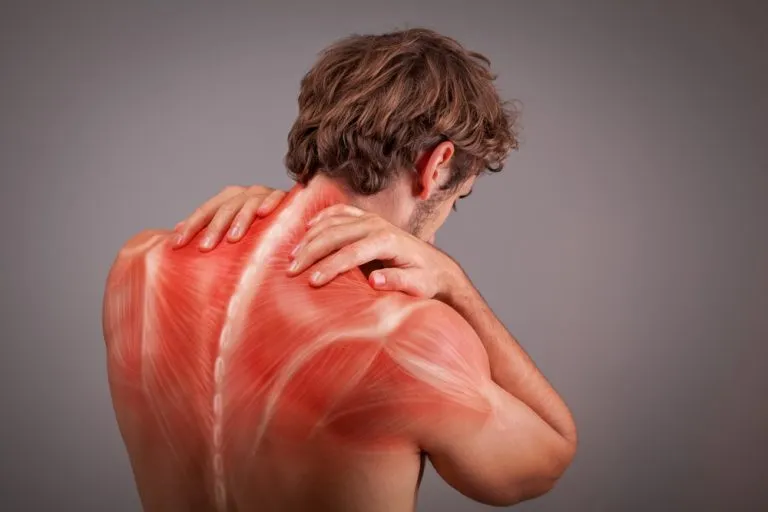
Fibromyalgia stands as a complex and often misunderstood condition characterized by widespread musculoskeletal pain, fatigue, and sleep disturbances
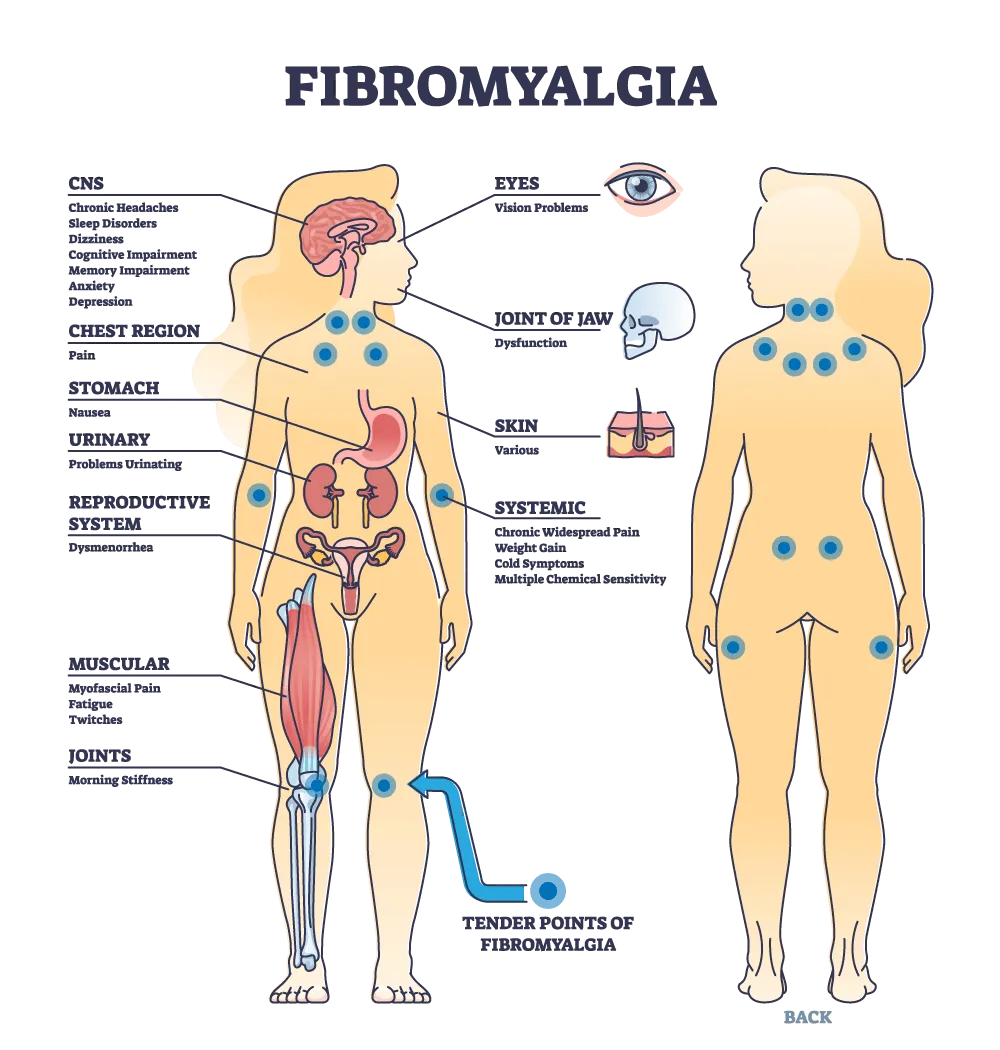
Bunions, medically referred to as "hallux valgus," are a common and often painful foot deformity that affects the joint at the base of the big toe.
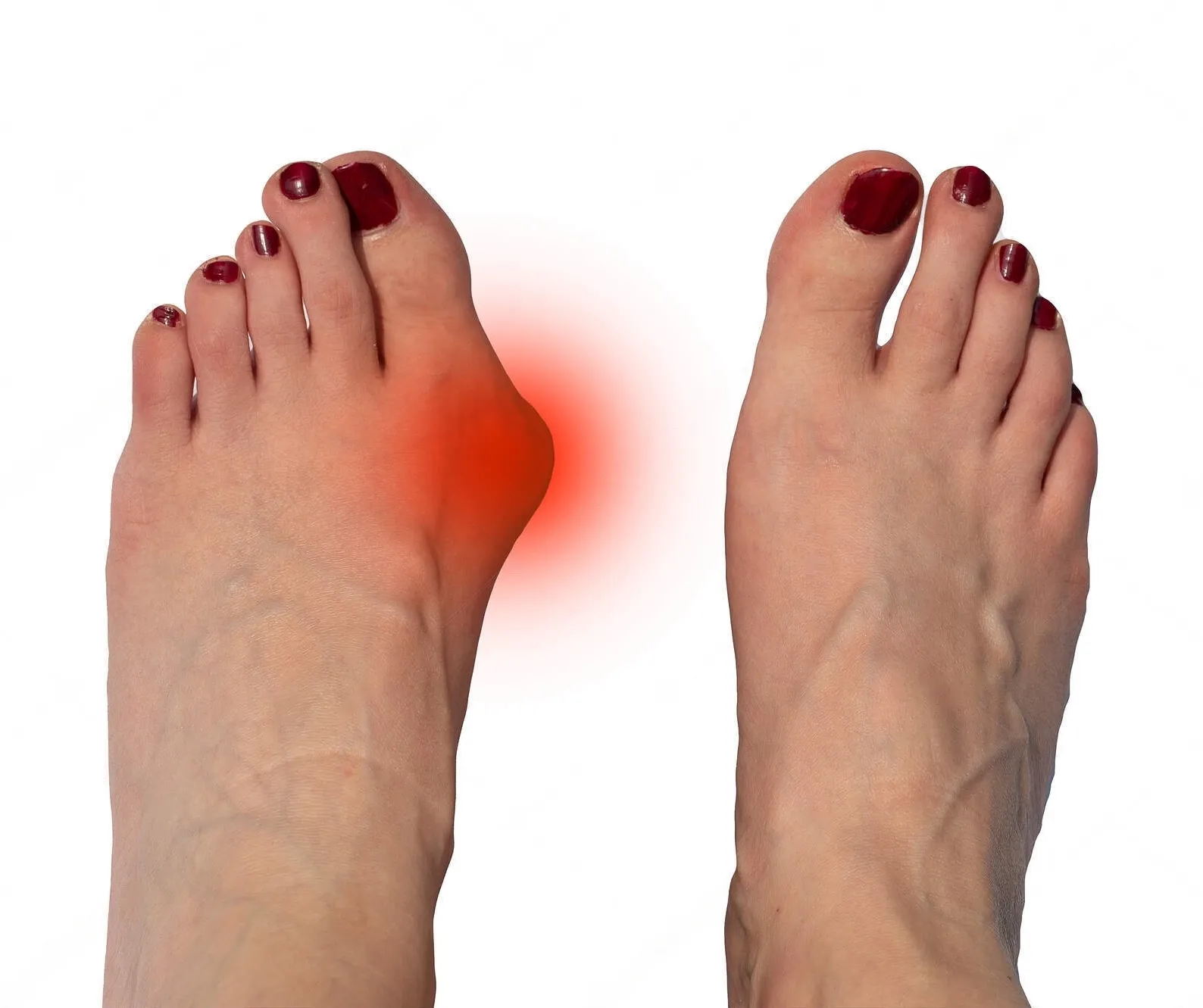
Herniated disc symptoms can be debilitating, causing pain, numbness, and mobility limitations.
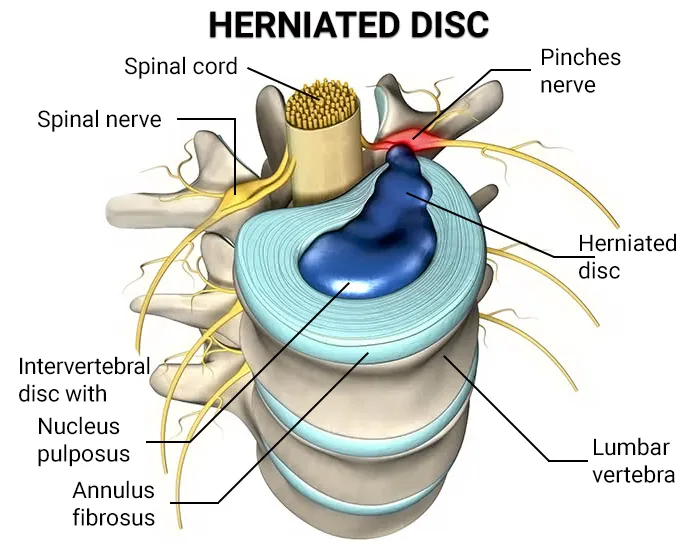
A heel spur is a bony growth that pokes out below your back heel bone inside of your foot. Heel spurs happen when stress and strain damages your foot ligaments.
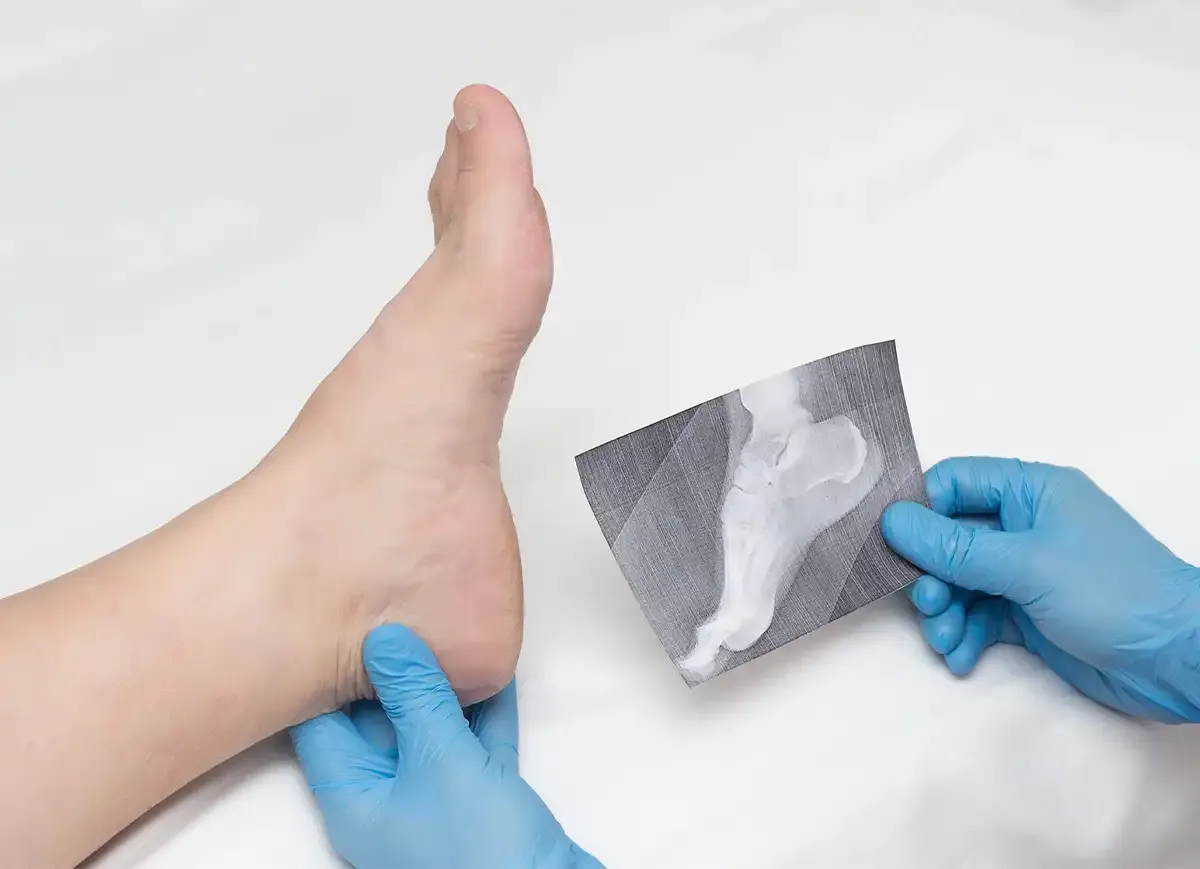
Knee pain is a widespread issue that can significantly impact a person's mobility and quality of life.Knee pain is a widespread issue that can significantly impact a person's mobility and quality of life.
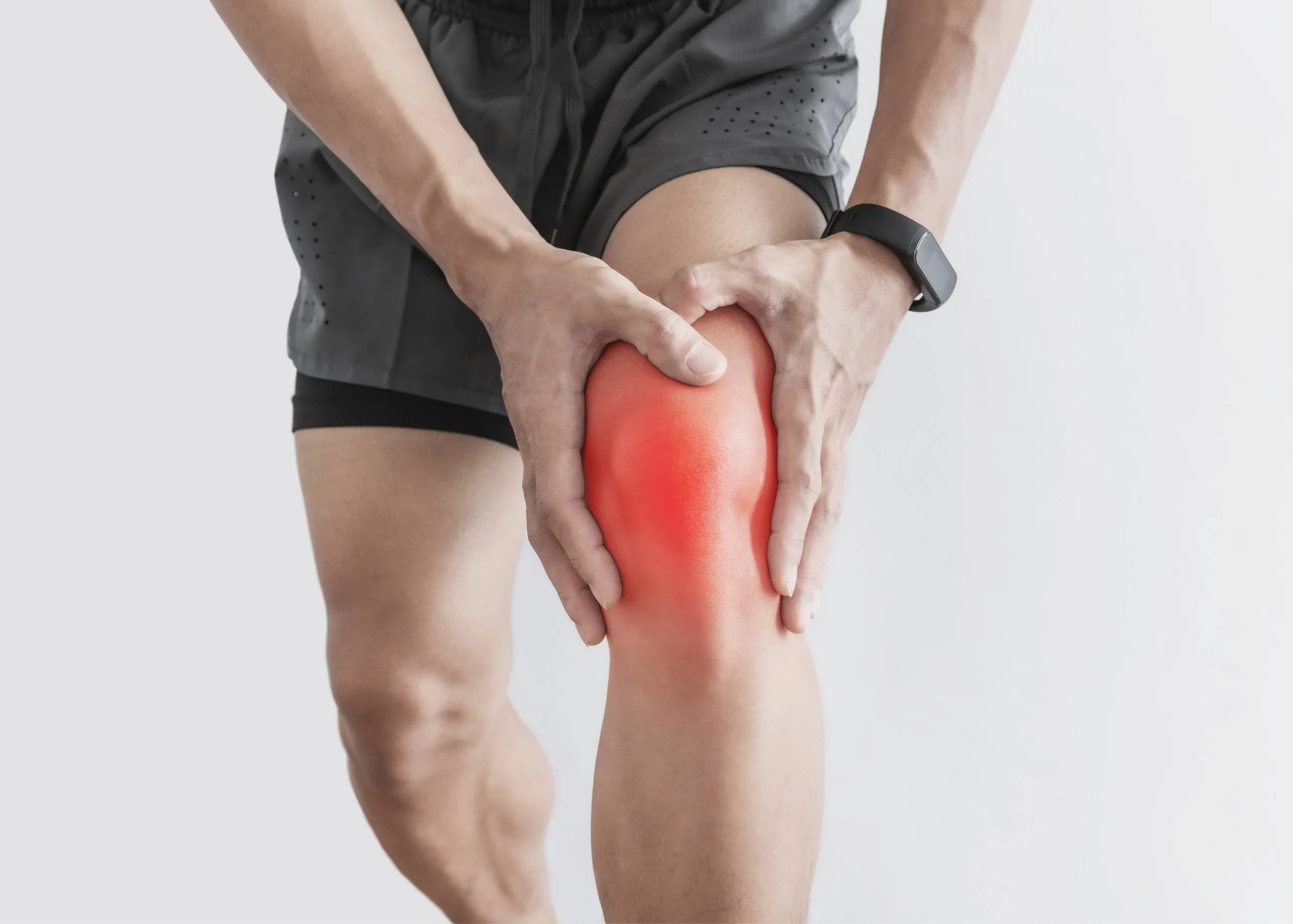
Heel pain can be a nagging and uncomfortable issue that affects many people. In this article, we will explore the various causes of heel pain, common symptoms associated with it, and the available treatments that can help you find relief and get back to your active lifestyle.
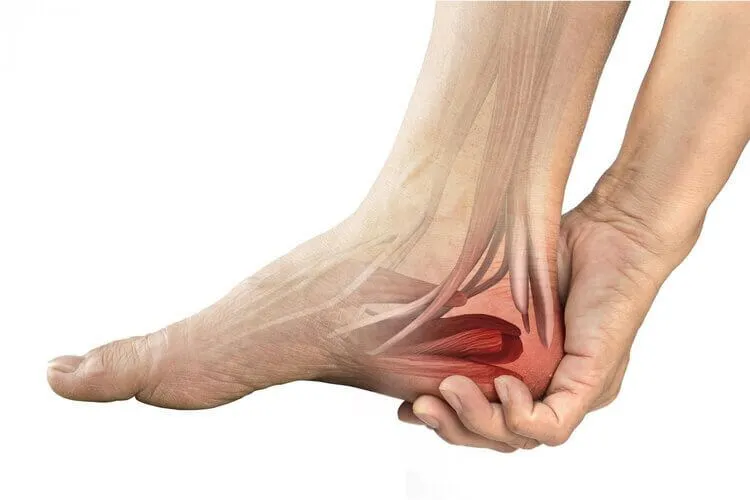
Military Neck, also referred to as Cervical Kyphosis, is a condition that affects the natural curvature of the cervical spine, resulting in the loss of its typical curve.
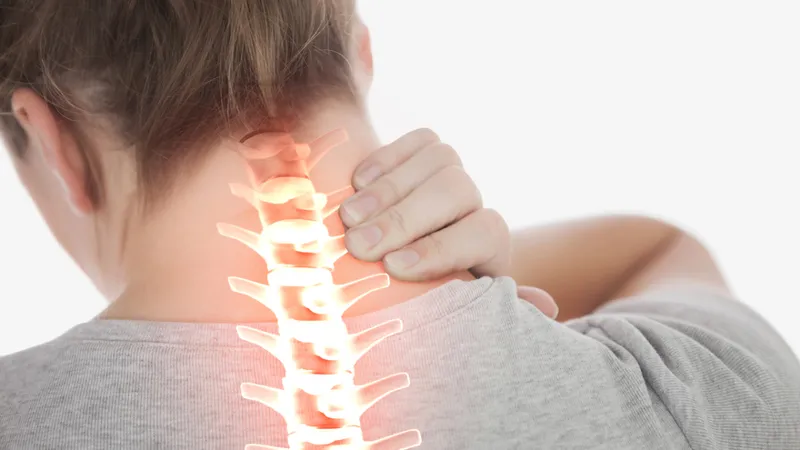
Migraines and headaches are prevalent neurological disorders that affect a significant portion of the population.
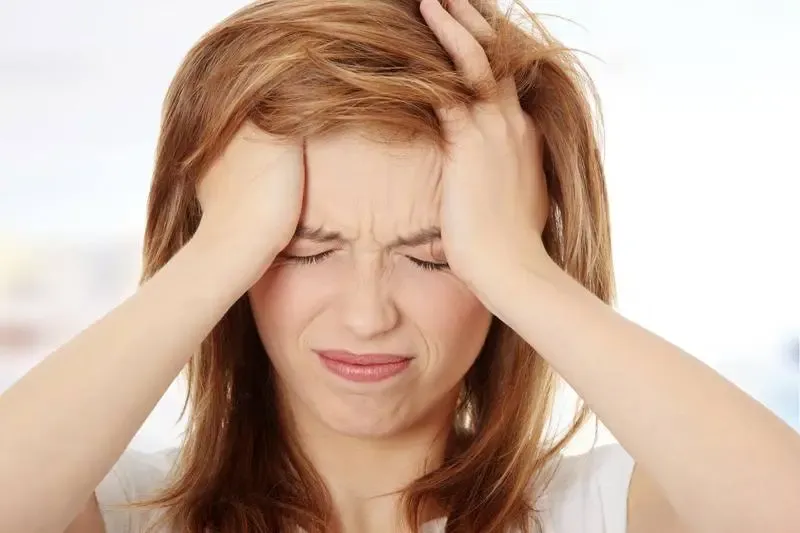
Lymphedema is a chronic condition characterized by the accumulation of lymphatic fluid, leading to persistent swelling, typically in the arms or legs.
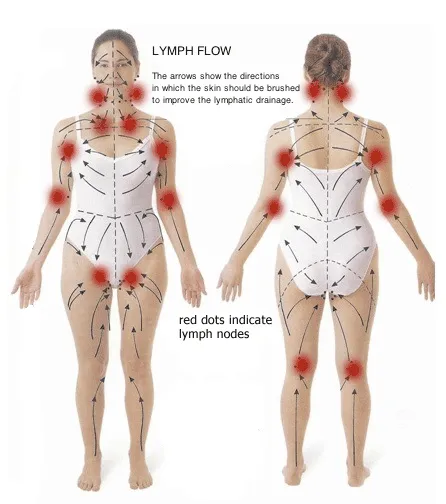
Plantar fasciitis is a common and often painful foot condition that affects millions of people worldwide.
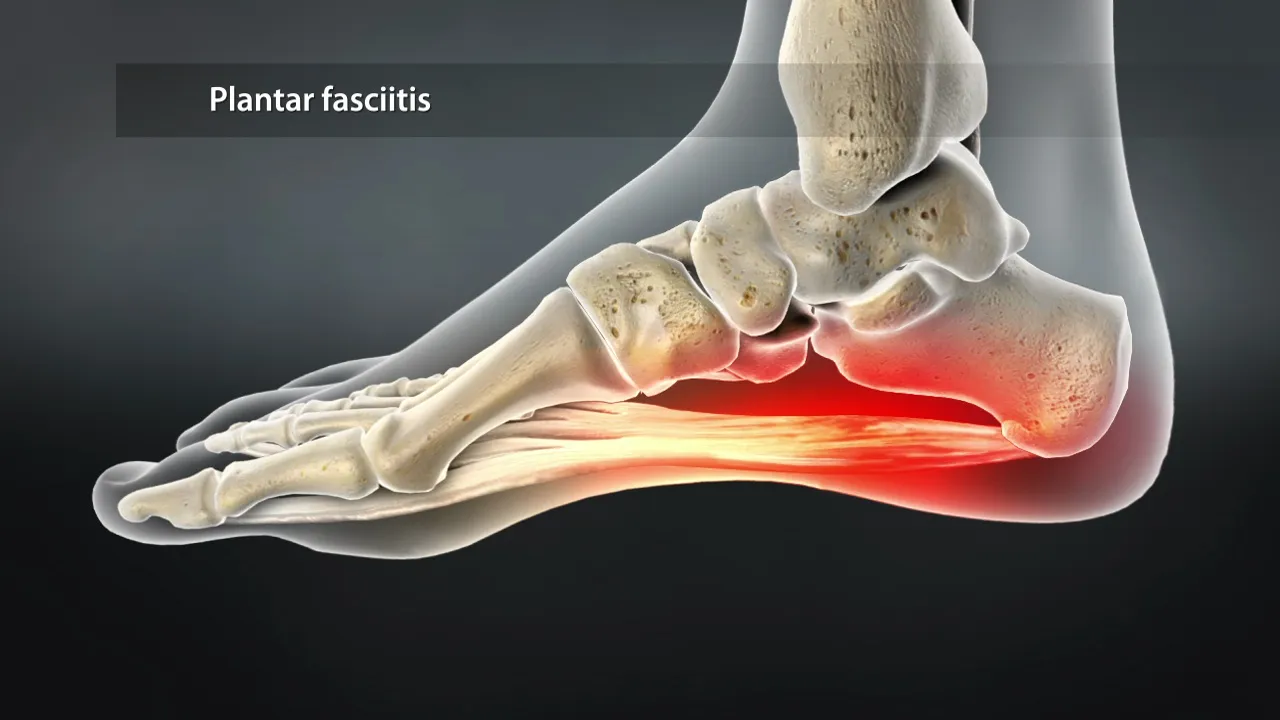
Piriformis syndrome is a perplexing condition, often overshadowed by more common sources of hip and lower back pain.
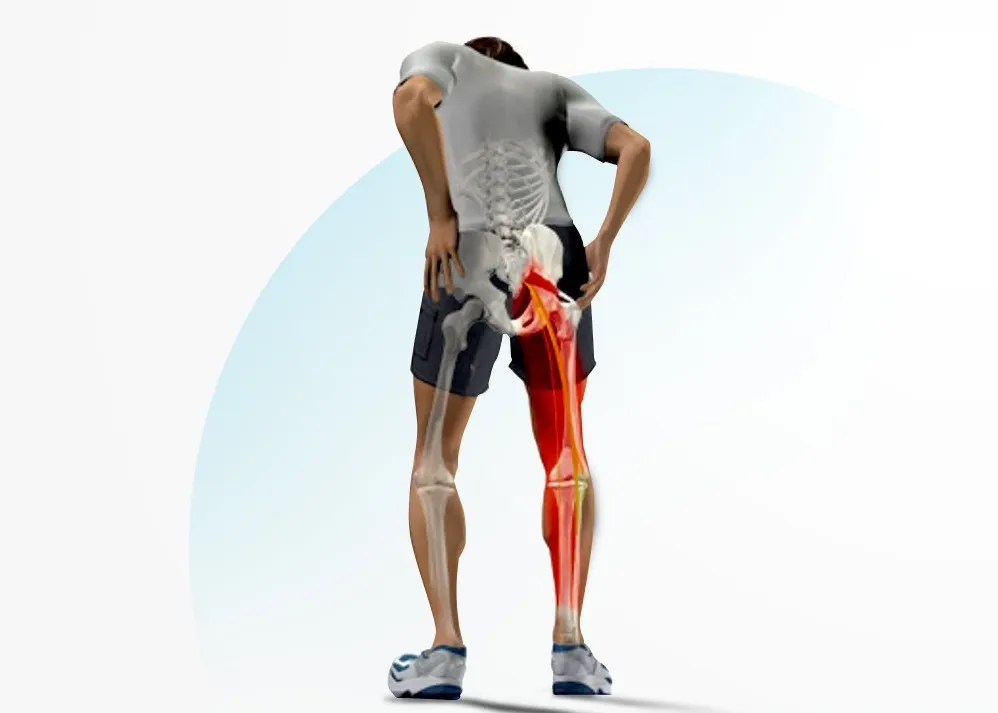
motor vehicle accidents (MVA) can result in a wide range of injuries, from minor bruises to severe trauma. in the aftermath of such incidents, seeking prompt medical attention is crucial for assessing and addressing any injuries sustained.
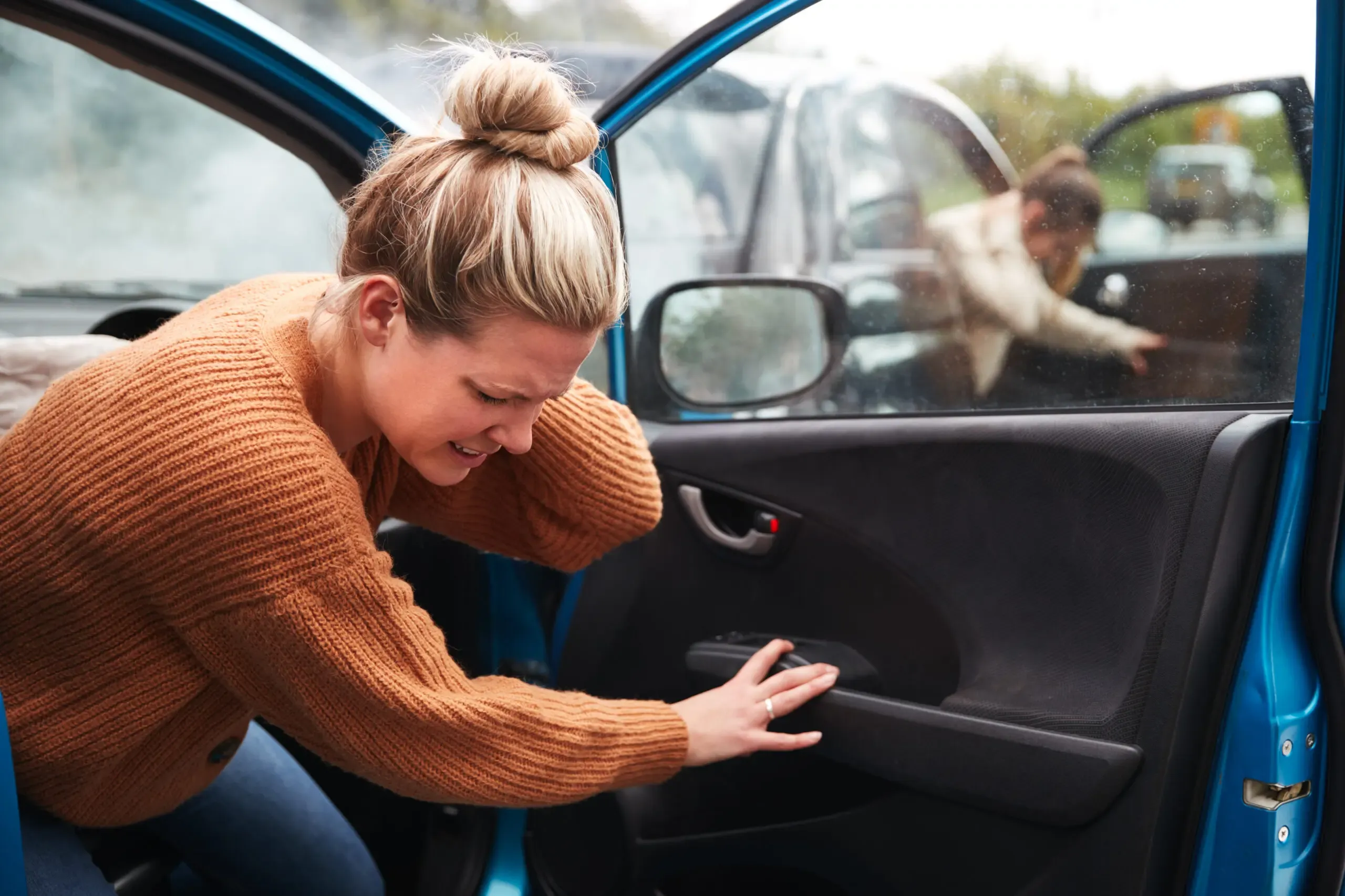
Sarcopenia is the gradual loss of muscle mass that can affect people in their 30s and beyond. WebMD explains its symptoms, causes, diagnosis, and treatments.
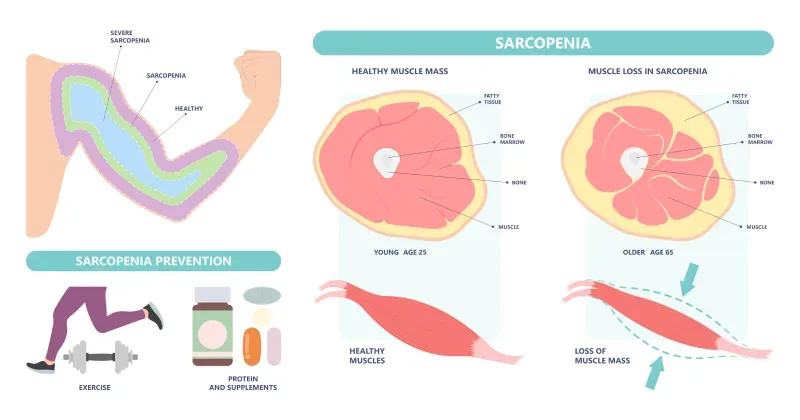
The sacroiliac joint, a crucial junction between the sacrum and the ilium bones in the pelvis, plays a pivotal role in supporting the weight of the upper body.
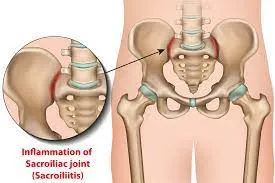
A rotator cuff injury can be a painful and limiting condition, impacting the functionality of the shoulder.
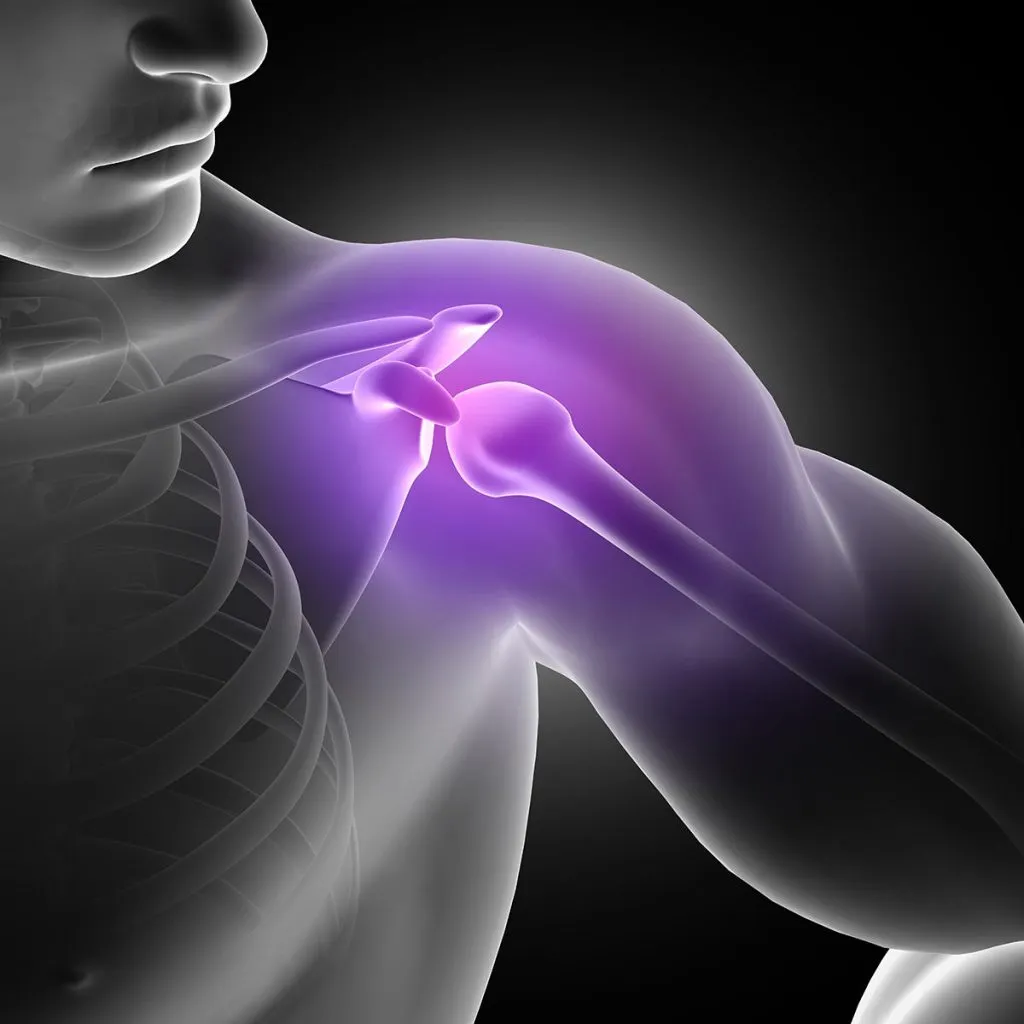
Suffering from lower back pain from sitting? It could be from poor ergonomics in your workplace. Learn more with these tips for how to alleviate pain from sitting.
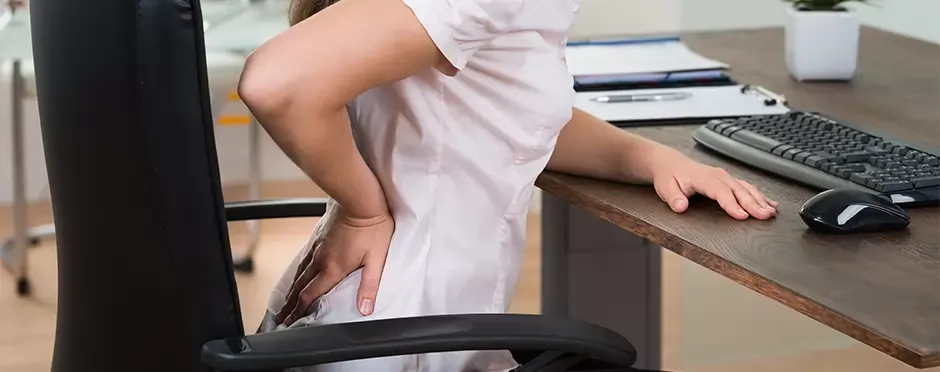
Sciatica is a painful and often debilitating condition that affects numerous individuals worldwide.
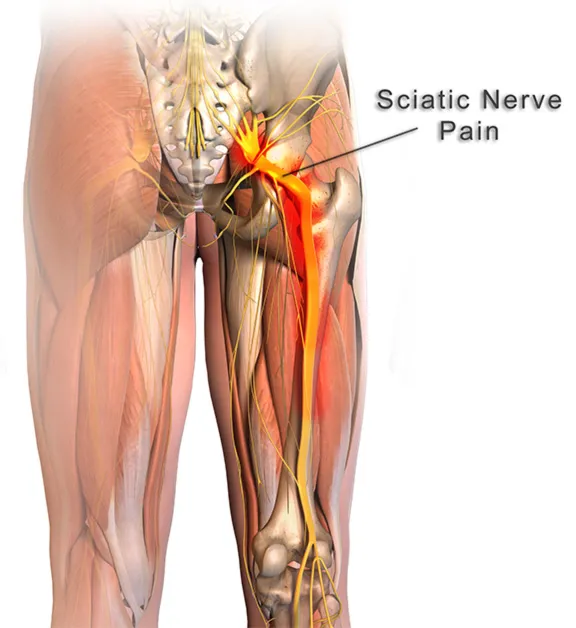
Gluteal tendinopathy is a condition that affects the tendons in the gluteal region, leading to pain and restricted mobility.
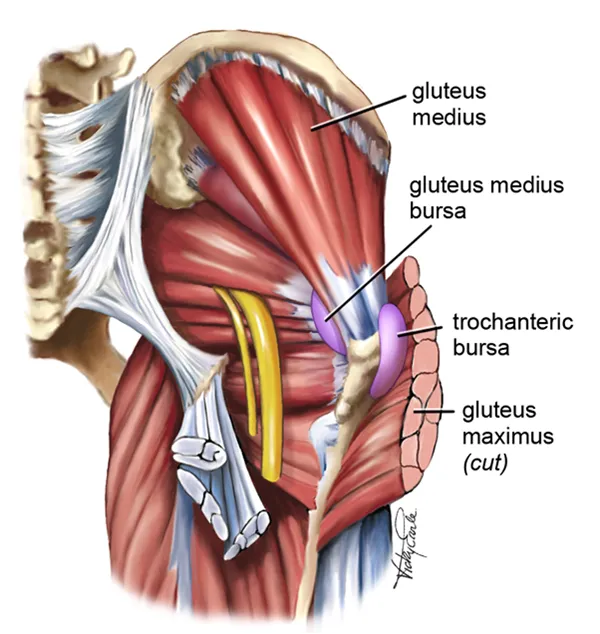
Tennis Elbow, also known as Lateral Epicondylitis, is a painful condition that affects the tendons in the forearm, causing discomfort and limited mobility in the elbow and wrist.
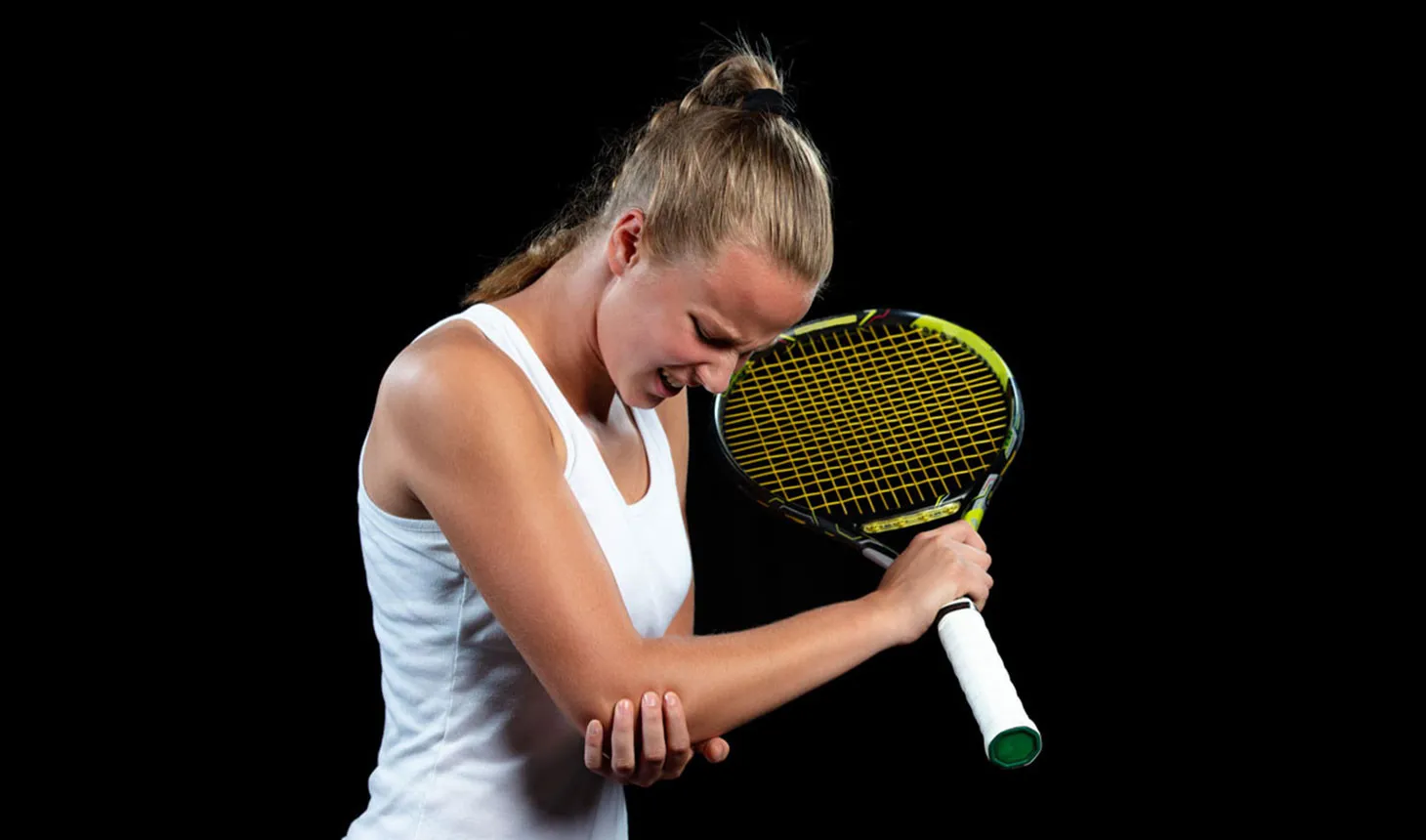
The temporomandibular joint (TMJ) serves as a pivotal mechanism, allowing us to perform everyday activities such as speaking, chewing, and yawning with ease. However, when this complex joint encounters issues, it can lead to Temporomandibular Joint Syndrome (TMJ syndrome).
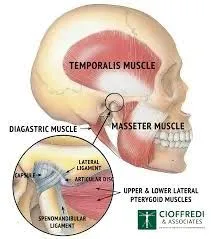
Tarsal Tunnel Syndrome (TTS) is a common and often painful condition affecting the tarsal tunnel—a narrow passage in the ankle.
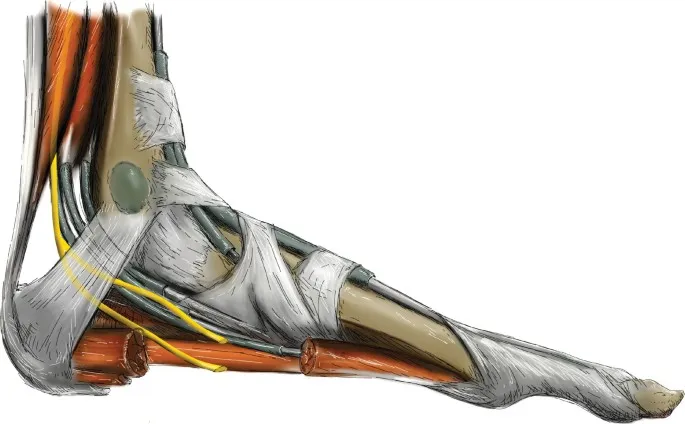
Explore the impact of time-restricted eating on heart health. Learn about the connection between diet and cardiovascular risk.
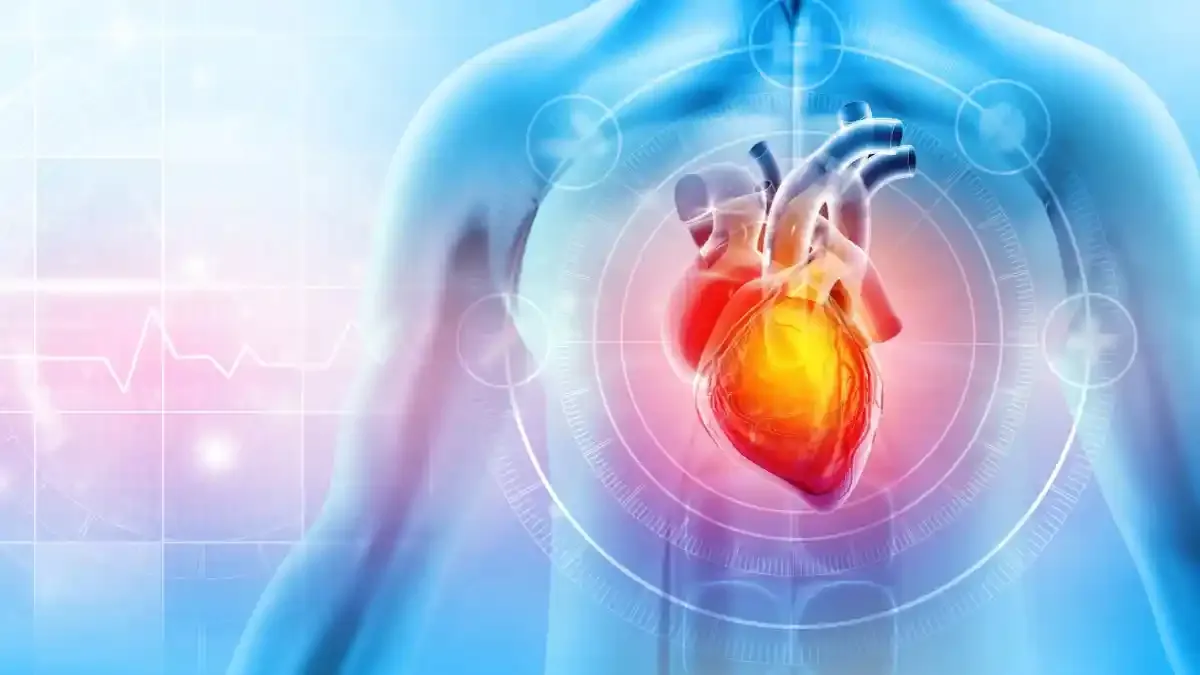
Most cases of foot or ankle pain are short term and are caused by soft tissue injuries, such as sprains or strains. You can usually ease the pain yourself But see York Rehab Clinic if the pain does not improve.
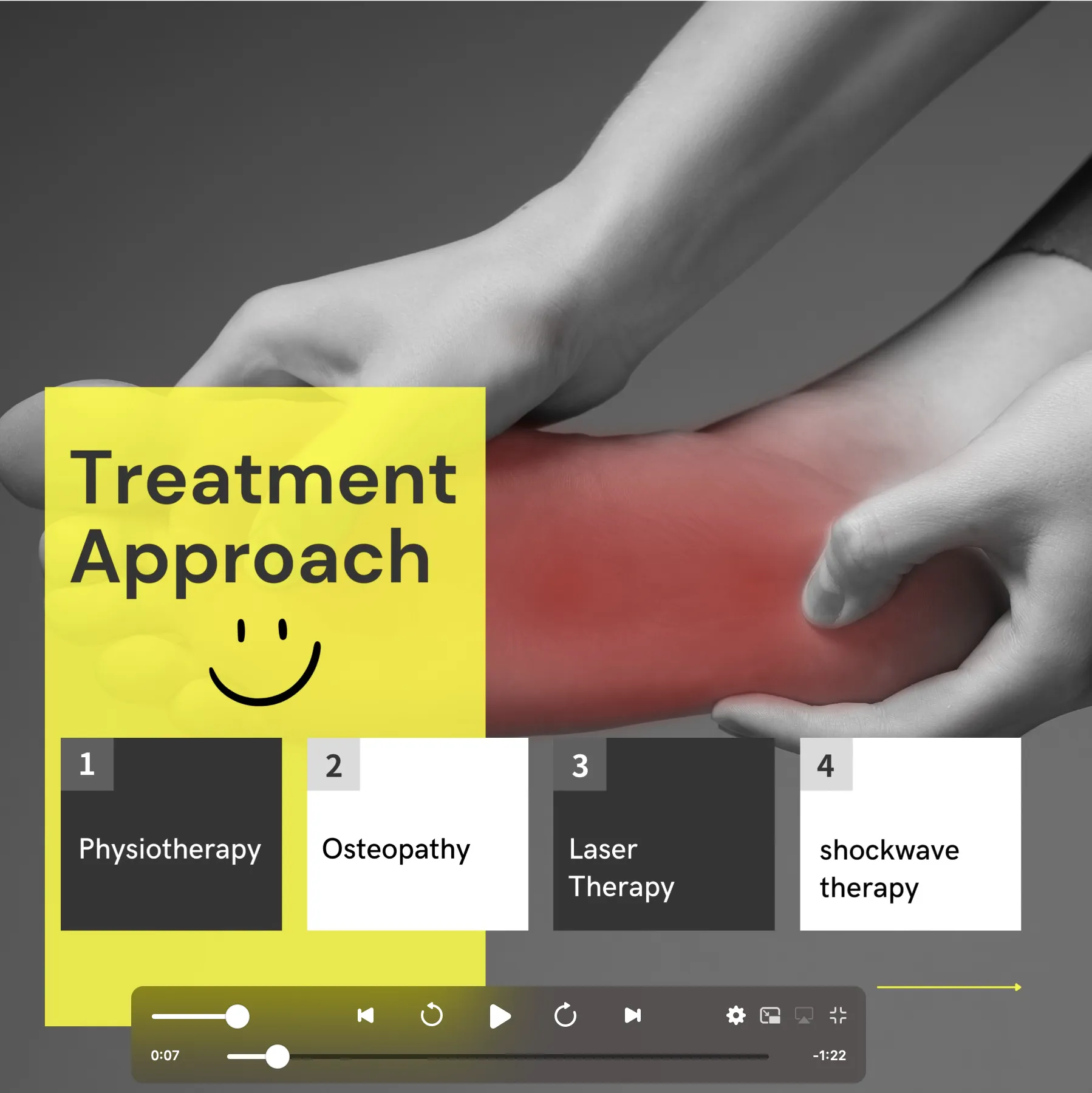
Bow legs is a genetic condition where the knees bow outward when standing. Learn its symptoms and causes at York Rehab Clinic.
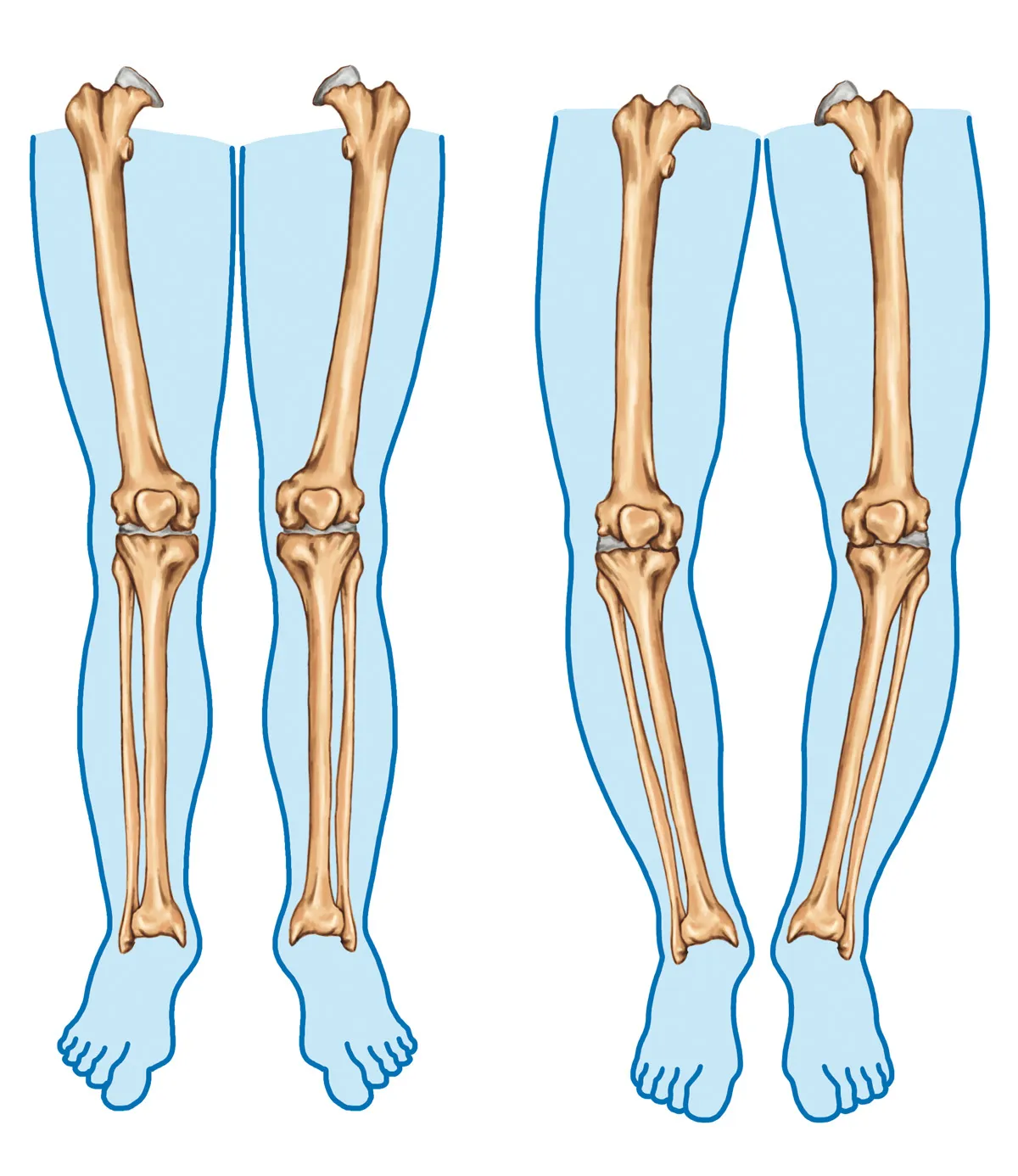
This article explores the complexities of Parkinson’s Disease and sheds light on the therapeutic benefits offered by osteopathy and physiotherapy.
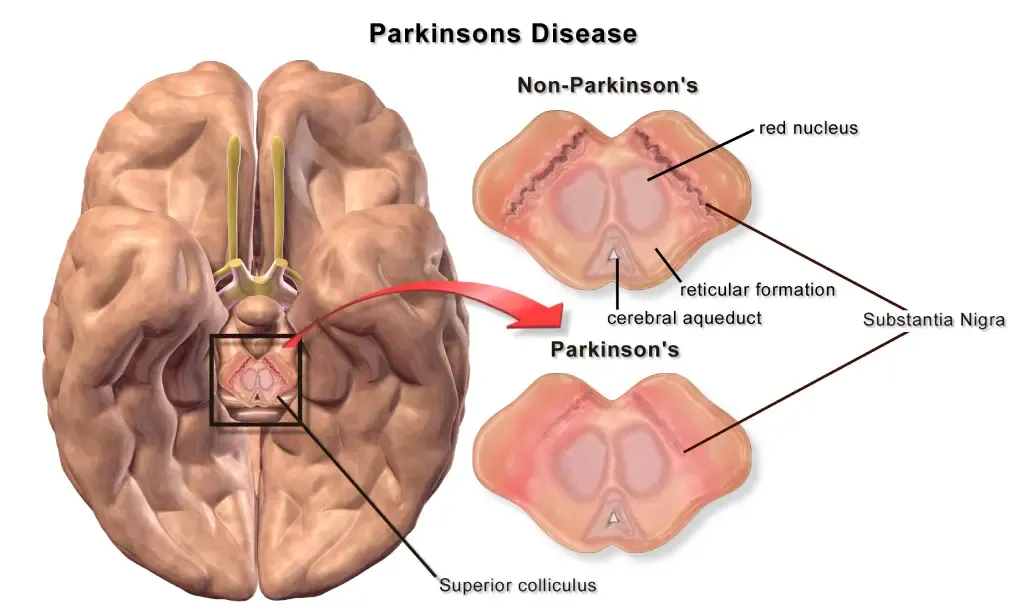
Cervical spondylosis, a prevalent condition, unfolds as a result of wear and tear on the spinal discs in the neck.
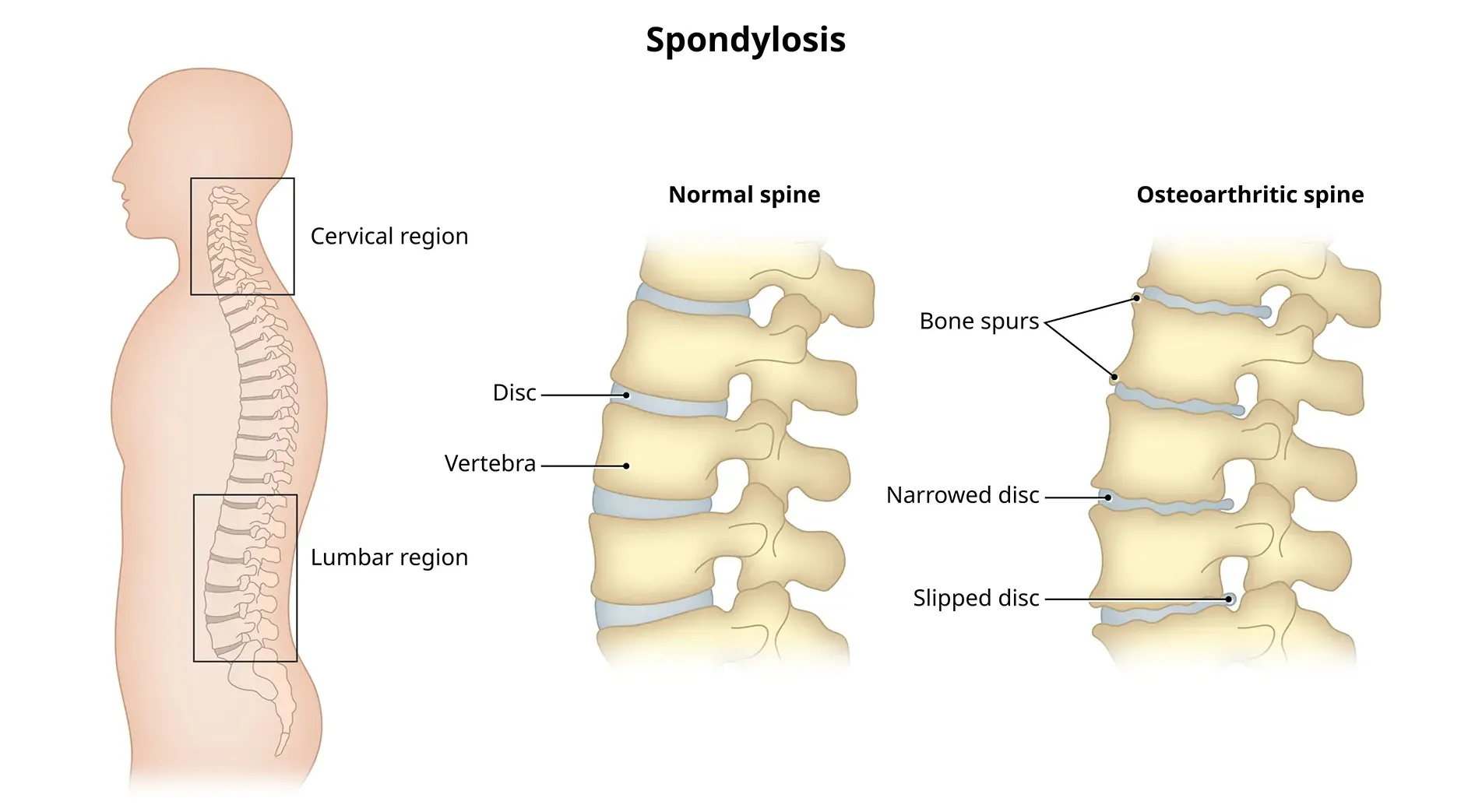
A dowager’s hump, a curve at the base of your neck, can cause extreme fatigue, back pain and headaches.
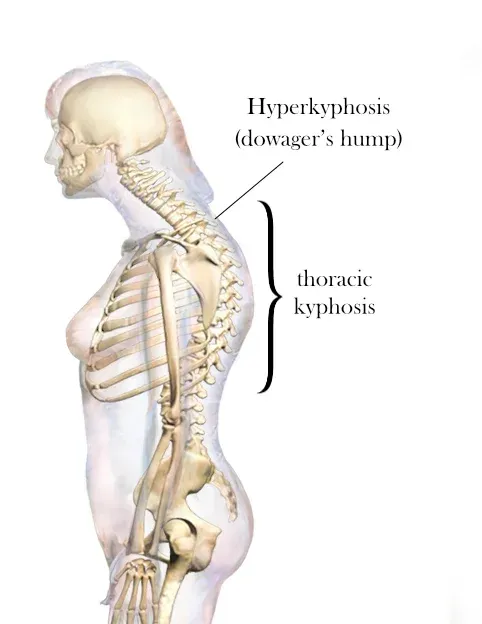
Flat feet cause pain, muscle strain, and fatigue. Treatments can ease discomfort. Symptoms include ankle pain, muscle fatigue and changes in walking.
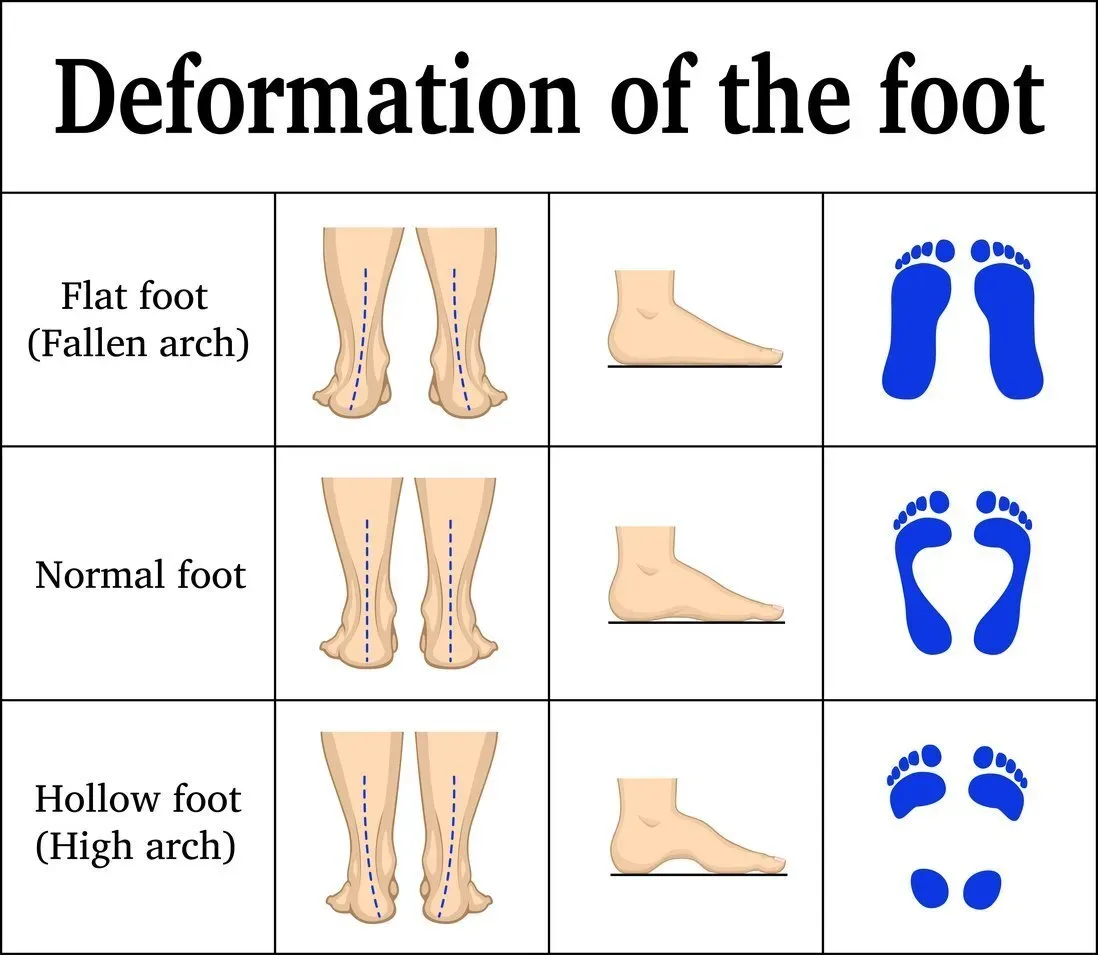
Traumatic brain injury (TBI) often results from a violent blow or jolt to the head or body, causing various physical and psychological effects.
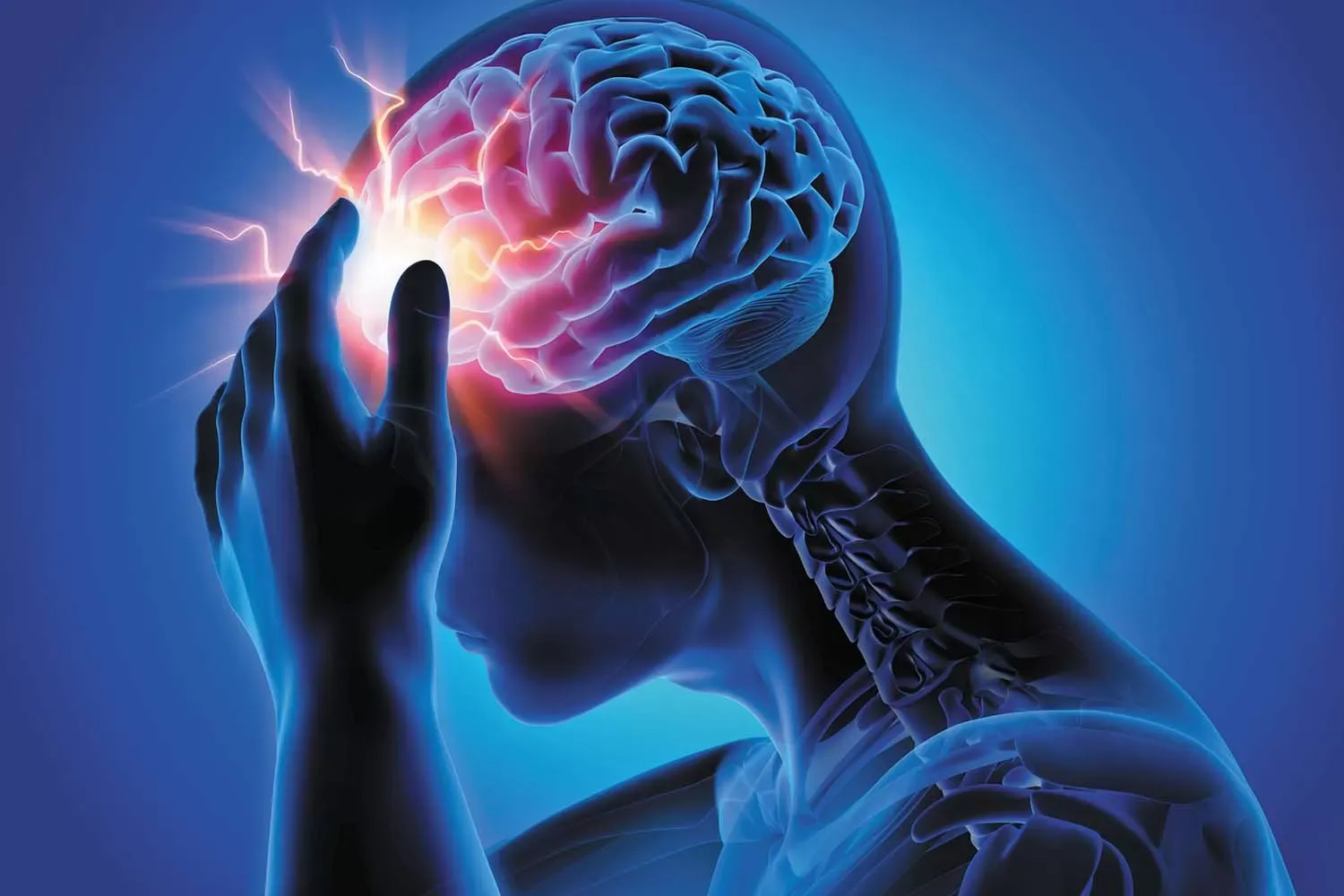
Introduction: Neck stiffness can be a discomforting and limiting condition that affects people of all ages.
